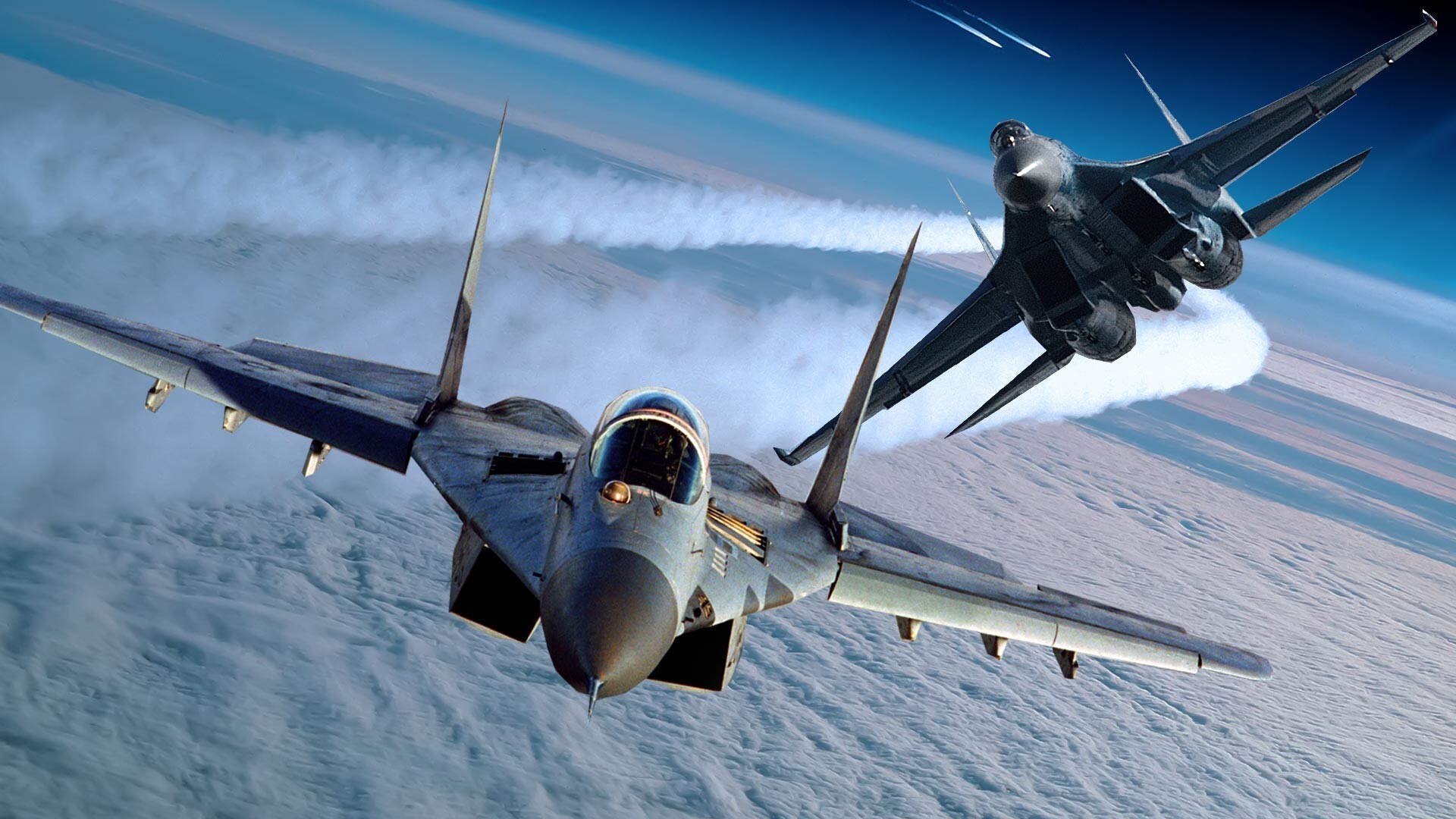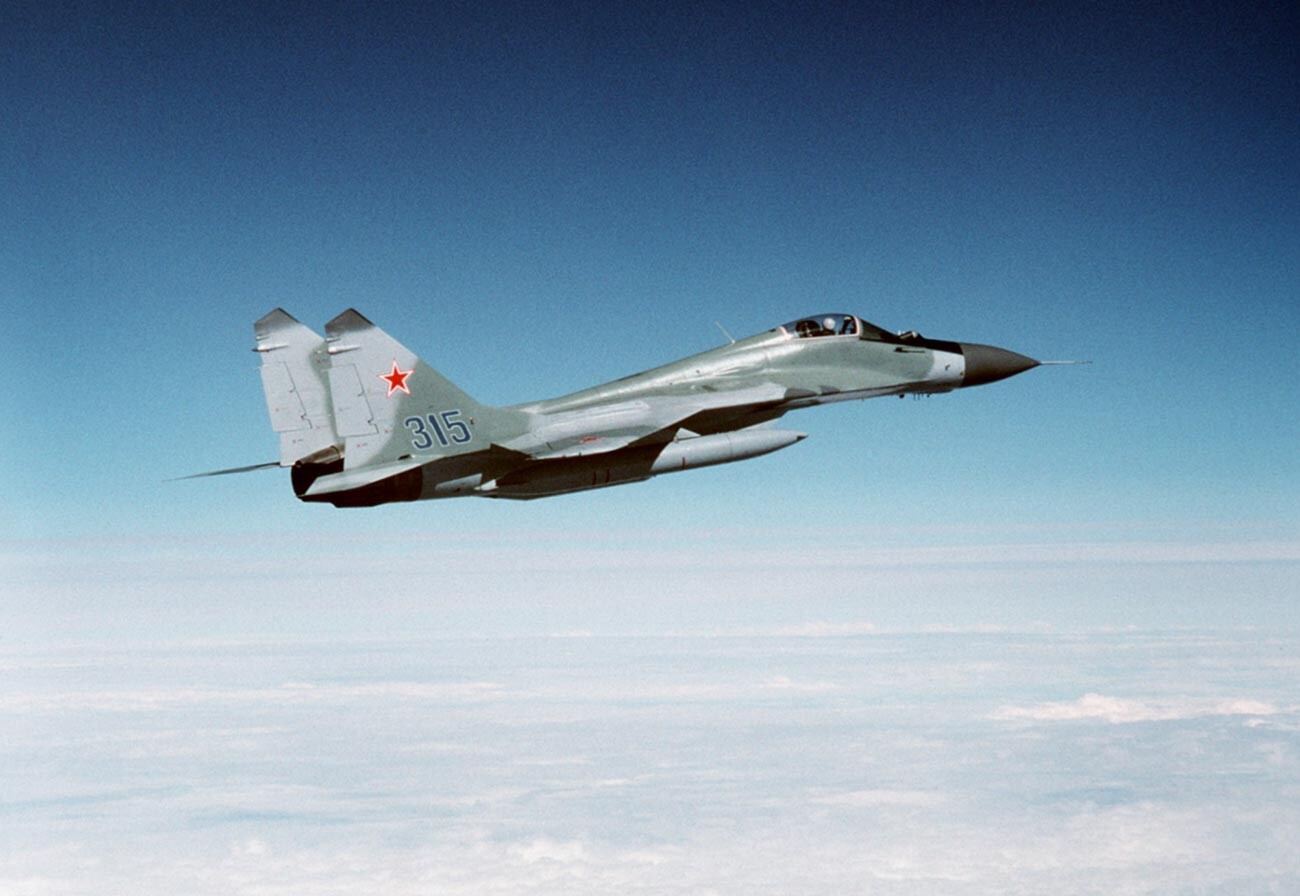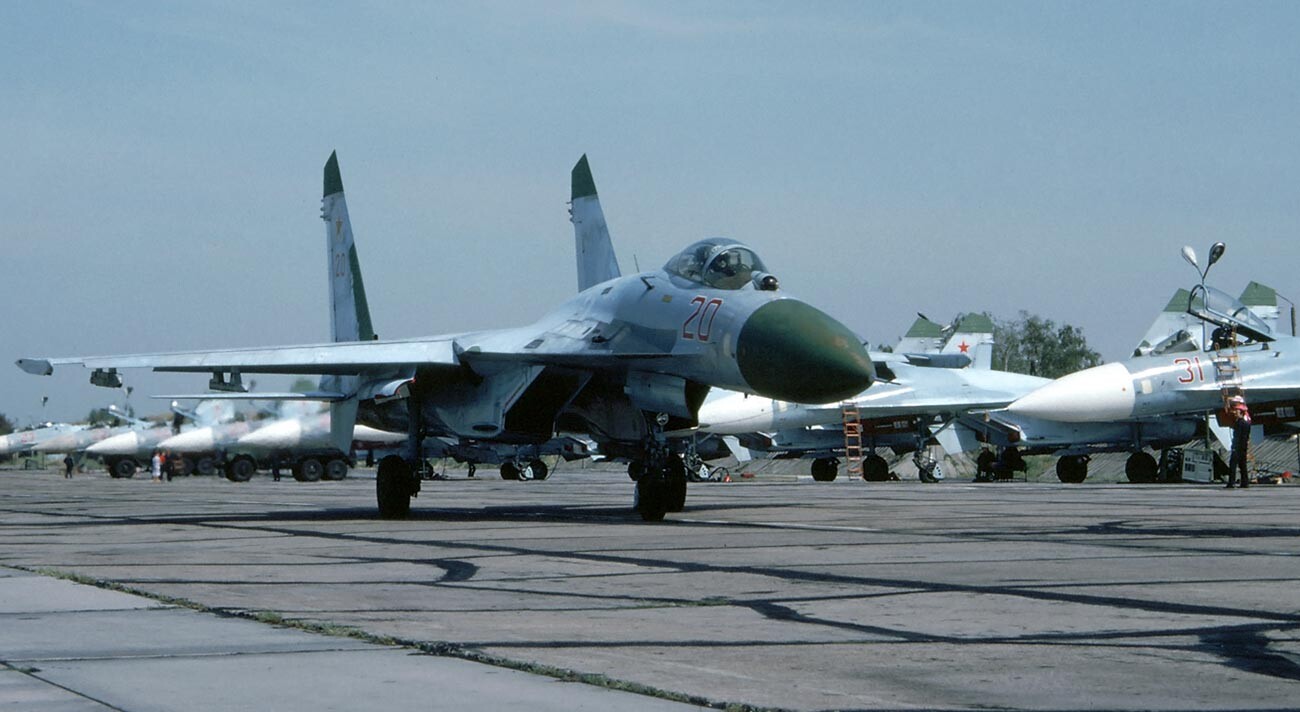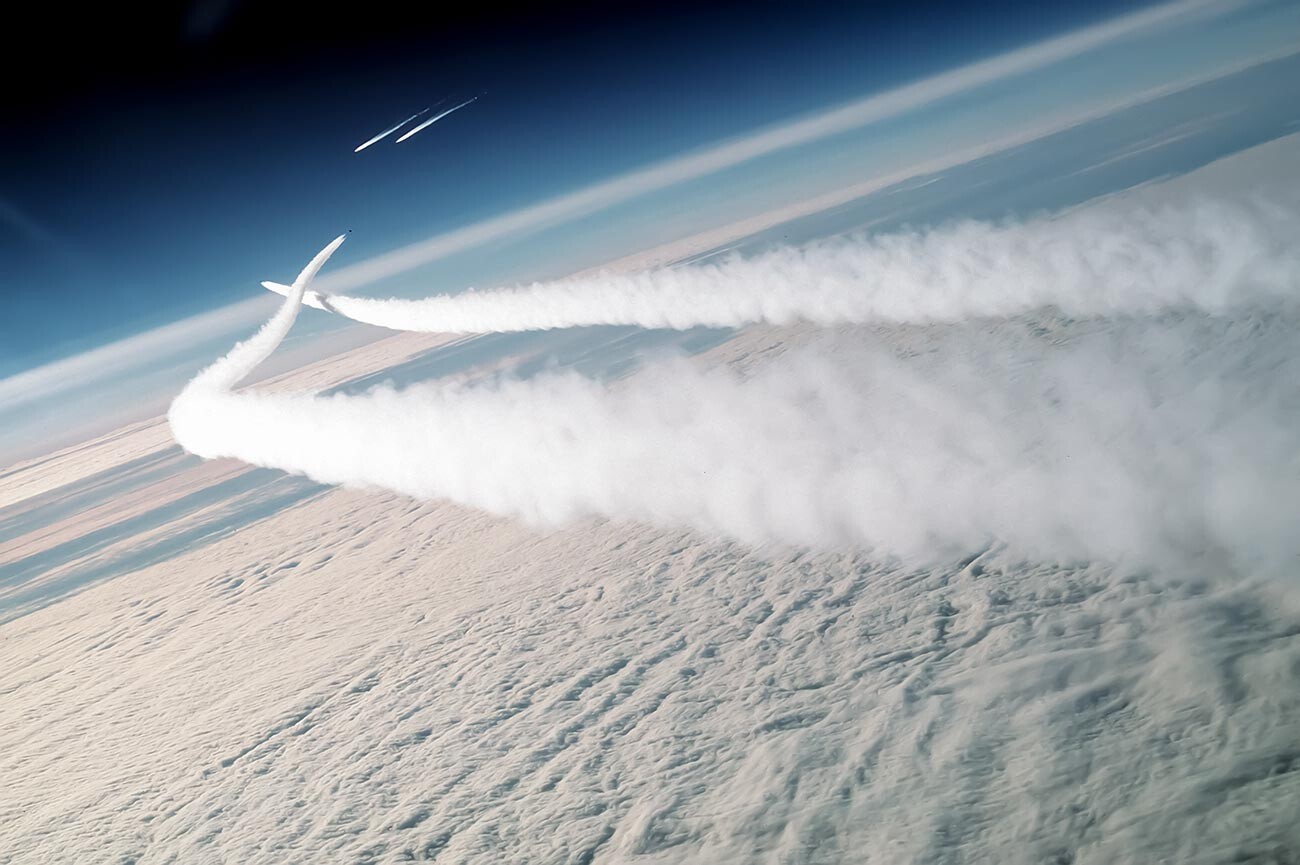
For many years these two 4th-generation fighters were the mainstay of the Russian Air Force: the lightweight MiG-29 tactical fighter (‘Fulcrum’), designed for gaining mastery of the air directly over the battlefield, and the heavy supersonic Su-27 (‘Flanker-B’), capable of intercepting enemy aircraft at long range.
Performing different roles, the two planes were supposed to complement each other in combat. Their rivalry was confined to practice encounters for training purposes, but, in 1999, in the Ethiopian-Eritrean armed conflict, they ended up locked in mortal combat.
It was believed that in a direct encounter with the larger and better-armed Su-27, the MiG-29 would have little chance of coming out on top. Nevertheless, the outcome of any battle could be decided by a whole array of factors, including the skill of the pilots.
When Russian military hardware appeared in East Africa in the late 1990s, it did not come out of the blue. For decades, the Soviet Union had supplied weapons to Ethiopia and sent military advisers and instructors to train its army.

MiG-29.
Public DomainAfter the collapse of the USSR, these ties were not completely severed. Moreover, after gaining independence from Ethiopia in 1993, Eritrea also began partly to look towards Russia for arms procurements.
When, in late 1998, an armed conflict began to flare up between the two African states over disputed border areas, both countries approached Russia with a view to acquiring military hardware for themselves - and particularly fighter jets. Admittedly, the two countries differed in the financial resources they had at their disposal.
In Summer 1998, Eritrea purchased eight MiG-29A fighter jets and two MiG-29UBs. Ethiopia, the more economically advanced of the two countries, could afford the more costly and more powerful ‘Sushkas’, as the Su-27s were colloquially known. A contract for the purchase of six Su-27SKs and two Su-27UBs was signed in December of that year.
Under the Ethiopian-Russian agreement, Ethiopian air force pilots underwent theoretical and practical training at the Debre Zeyit air base under the guidance of Russian instructors. Some of the air crews and technical personnel were even sent on placements to the Krasnodar Higher Military Aviation School.

Su-27.
Rob Schleiffert (CC BY-SA 2.0)Asmara, for its part, put its faith in Ukrainian military specialists - flying instructors, as well as technicians, who had come to Eritrea to service its small fleet of air force planes.
The first hostile encounter between 'Sushkas' and MiGs took place on February 21, 1999. Two Eritrean jets attempted to mount an ambush for an Ethiopian fighter plane. However, the Su-27 not only managed to extricate itself from the trap, but also put one of the attackers out of action. The Eritreans did not admit to the loss of their plane, however.
On February 25, in the skies over the Eritrean town of Badme, two Su-27s joined battle with a quartet of MiGs. An exchange of rocket fire at medium range ensued, without in the end producing any results. In a close-quarter dogfight, the Sushkas again dominated the air: after losing one of their aircraft, the Eritreans retreated.
On May 16 of the same year, two MiG-29s were patrolling the skies over the Eritrean town of Barentu, when they suddenly came under attack from several Su-27s. The battle did not last long: one of the MiGs was shot down and a second one was badly damaged, but managed to get back to an airfield in Asmara. The plane had to be written off, however.
In their first encounter with their opposite number in genuine aerial combat, the Su-27s came out as convincing victors. They won mastery of the air and started to be used for low-level attacks on ground targets.

Having gained victory in the air, the Sushkas helped Ethiopia’s field troops gain victory on the ground, too. The disputed territories were in the hands of the Ethiopian army by Summer 2000 and the sides sat down at the negotiating table. Nevertheless, another 18 years would pass by before the conflict between the countries was conclusively settled.
The Eritreans were impressed with the combat capabilities of the Su-27SK. Soon after the end of hostilities and despite their difficult economic situation, they mustered the resources to buy several of these jet fighters from Russia for their own air force.
If using any of Russia Beyond's content, partly or in full, always provide an active hyperlink to the original material.
Subscribe
to our newsletter!
Get the week's best stories straight to your inbox